An electrical device which I own has a hand control with a rubber shielded coiled cord with five conductive wires inside, and another with seven on a different model. When the rubber is old, the sheathing peels off. See picture below.
- How do I determine which rubber I have based on this link below? It appears I may have one of the five "other" rubbers as described here.
- How can the rubber be protected so the sheathing doesn't peel off? Is there a spray that can be purchased of some kind?
Other potential rubbers you’ll find in cable sheathing include:
- Vulcanized India Rubber (VIR): VIR combines rubber with minerals and sulfur and goes through a vulcanization process. It has excellent mechanical strength and durability, but it reacts with copper, so tinned copper conductors are necessary.
- Polyethylene (PE): Polyethylene is another thermoplastic material like PVC. It’s more sensitive to moisture at high voltages and has lower dielectric losses than PVC. Its electrical properties make it a good choice for high-speed transmission cables that don’t need high flexibility.
- Cross-linked polyethylene (XLPE): By adjusting the chains in polyethylene molecules, XLPE can withstand higher temperatures. It also results in higher dielectric losses than PE but can support higher temperature ranges.
- Silicone: Silicone jackets have strong ultraviolet resistance, flexibility and durability. They’re commonly used in sensitive environments, like medical and aerospace applications.
- Natural rubber: Natural rubber has some strong insulating properties but it readily absorbs moisture, has a low temperature rating and is more prone to damage from handling or ultraviolet light. Pure rubber is not often used.
- EPDM is one of the most rugged types of rubber, which is why it’s often used in tough environments. The type of rubber used often depends on the special requirements of your application and what the unique material has to offer.
This is a cord that looks similar.
7-Cond. - 26AWG Shielded Coiled Cord - 14.5" Retracted, 6ft. Extended (101-980)
Here is the damaged GH2 controller:
New GH2 controller:


